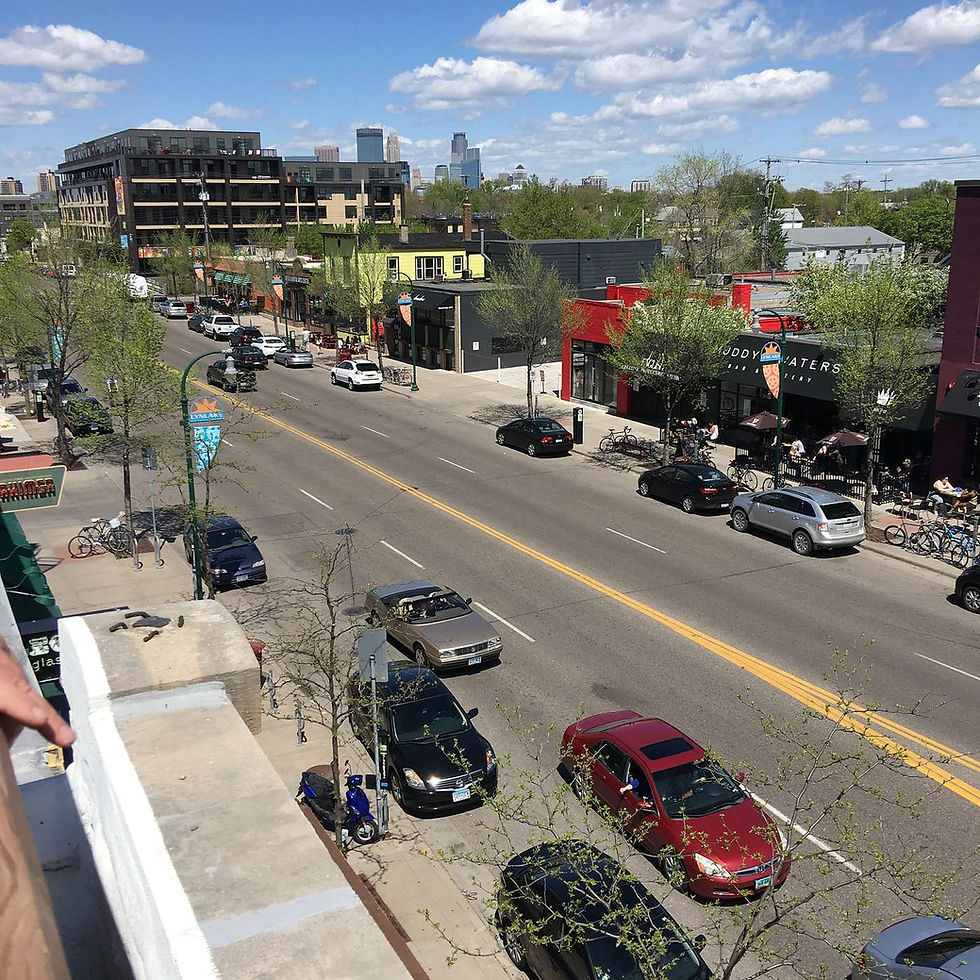Multisolving
- stephrouse21
- Apr 9
- 2 min read
Systems thinking and multisolving might sound like complex academic concepts, but they're actually frameworks that describe how our everyday world functions. Beth Sawin's book "Multisolving: Creating Systems Change in a Fractured World" offers a refreshing perspective on problem-solving that's particularly relevant for urban planners and anyone working to improve communities. The book demystifies systems thinking by using relatable examples like filling a bathtub or regulating body temperature when dehydrated—systems we intuitively understand—then applying these same principles to larger societal challenges.
At its core, multisolving is about finding solutions that address multiple problems simultaneously with a single intervention. Rather than tackling homelessness, climate change, public health, and economic development as separate issues requiring separate solutions, Sawin encourages us to look for opportunities where addressing one problem can create cascading benefits across multiple sectors. This approach is not only more efficient but often creates more equitable and sustainable outcomes.
The book introduces several key concepts that help readers understand how systems function. Stocks are accumulations within systems—everything from housing units in a city to trust in a community. Flows represent the processes that either add to or deplete these stocks. Understanding that the only way to change the level of a stock is by adjusting its inflows or outflows gives us a powerful tool for analyzing problems. For instance, housing shortages can only be addressed by either increasing construction rates (inflows) or reducing demolitions and abandonment (outflows).
Perhaps most valuable is Sawin's discussion of feedback loops. Reinforcing feedback loops amplify change in one direction—like compounding interest in a savings account or the spread of a virus. Balancing feedback loops work to maintain stability—like how we drink water when thirsty to maintain hydration. These concepts help explain why some problems grow exponentially if not addressed early (hence why "wait and see" approaches often fail with reinforcing problems) and why other situations seem resistant to change despite our interventions.
What makes Sawin's approach unique is her focus on drawing connections between seemingly separate issues. She challenges the artificial boundaries we create between departments, disciplines, and sectors. For example, active transportation isn't just a transportation issue—it's simultaneously a climate solution, a public health intervention, and an economic development strategy. By expanding our boundaries and collaborating across silos, we can discover powerful multisolving opportunities that might otherwise remain hidden.
The book also explores how our worldviews influence our approach to problem-solving. Sawin contrasts the "web of relationships" worldview (focusing on interconnection and interdependence) with the "collection of objects" worldview (seeing elements as separate and independent). Multisolving requires embracing the former, understanding that our wellbeing is fundamentally connected to the wellbeing of others and our environment. This perspective shift is essential for addressing our most pressing challenges in an integrated way.
For planners and community developers, "Multisolving" offers a framework that aligns perfectly with comprehensive planning—seeing connections between housing, transportation, economic development, health, and sustainability rather than treating them as separate spheres. The approach encourages us to look beyond our immediate goals and consider how our work might create benefits (or unintended consequences) in adjacent systems. By embracing multisolving, we can create more resilient communities capable of addressing multiple challenges simultaneously, even in tumultuous and uncertain times.






Comments